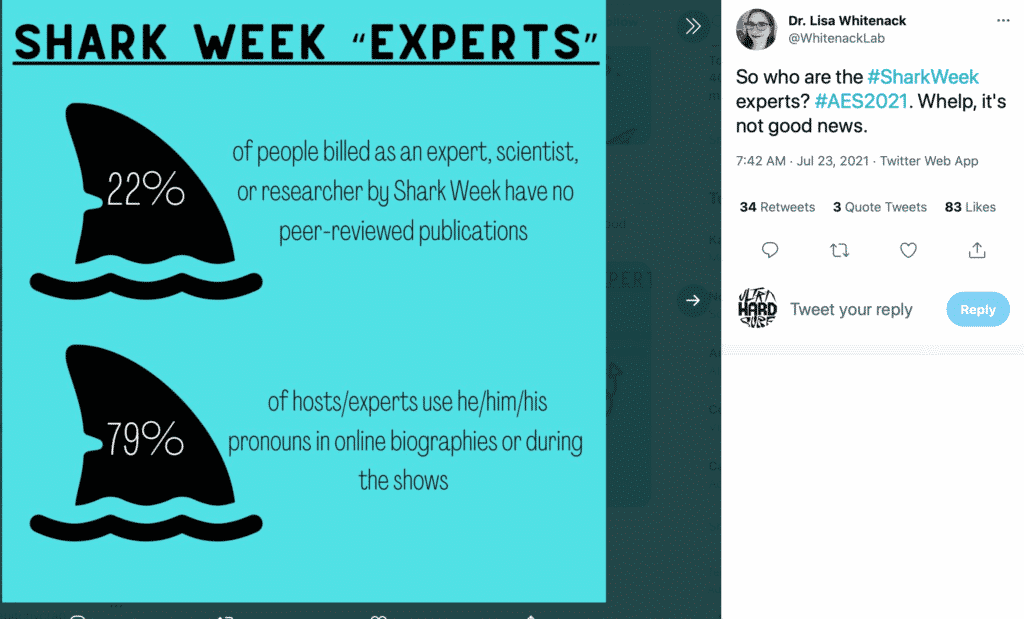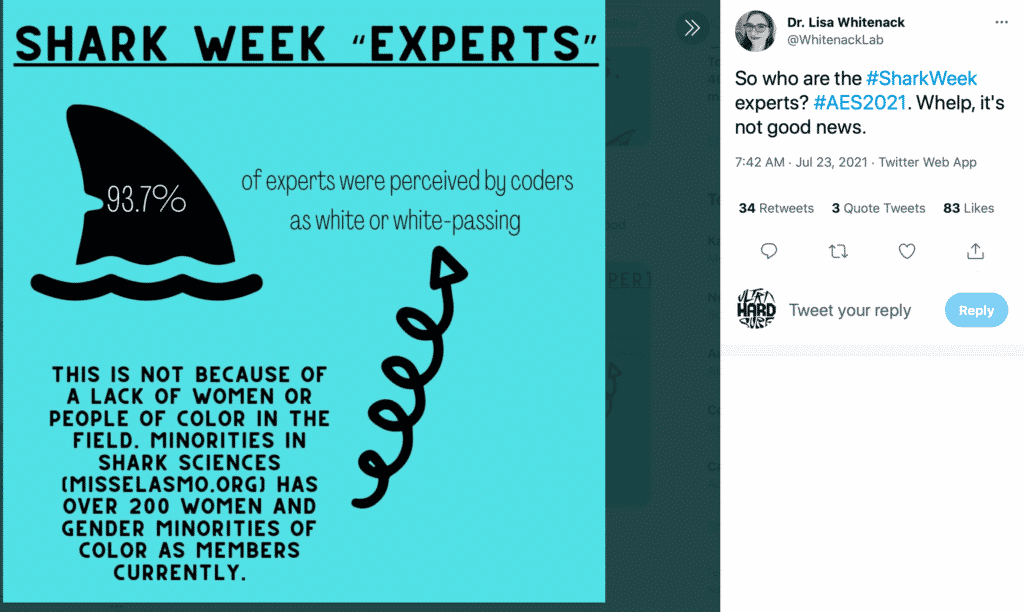A triumph of pragmatism.
A Western Australian boardriders club, pragmatic as hell and who ain’t afraid to mention the unmentionable, has organised a chain of shark bite kits and defibrillator machines at five iconic beaches in the state’s south-west.
The kits stretch from the accessible-only-by-four-wheeler, Bears, to just out the front of Taj Burrow’s (former) pussy palace at Rabbits, Yallingup main break, Smiths and Injidup Car Park,
Yallingup Boardriders raised the money for the heart-starters and “slam kits” featuring Ukranian-made, combat proven crank-handle tourniquets and infographics on what to do when your pal is de-limbed by a Great White, something that ain’t so rare in these parts, and organised workshops with the ER doctor who makes the kits, Jon Cohen.
Jon Cohen, you’ve heard of.
Each time there’s a negative interaction (see, I’m learning) with a Great White, I give Jon a call, ask him to break down the latest attack and the response from other surfers and first-responders.
He’s made it his life work to get tourniquets in the hands of Australian surfers who, for the first time in the sport’s history, have to seriously confront the possibility of interacting in a negative fashion with the suddenly everywhere Great White.
Still, and this is real important, a shark attack, even by a monster White isn’t necessarily a death sentence.
According to Cohen, who is forty and who grew up in Canada and got into surfing while at college in Hawaii, if you can get the de-limbed person to the beach and apply a tourniquet above the wound so no blood can spurt out the hole you’re good.
He say that once you’ve stopped the blood flow you’ve got four hours before the leg, or arm, is choked off and dies. It means if you’re at a remote beach with no phone redemption, you can tourniquet the wound and take off for an ambulance or chopper without your buddy dying.
“It’s the same principle as a car crash, someone falling off a building or getting hit by a bullet in Iraq,” says Cohen. “Stop the bleeding and get the surfer to shore. In thirty seconds, using a tourniquet, you’ve saved a friend’s life.”
The kits in West Oz are the basic slam kit, one hundred and twenty dollars. Someone gets hit, you go to the defibrillator box, call emergency (triple zero in Australia), and the lock opens.
That ain’t perfect, says Jon.
Like, he’s thrilled his kits are there at the beach but he knows someone could bleed out in the time it takes to get the kit unlocked.
And, at a lot of places n the south-west, only one telephone network, the most expensive one, works.
Jon wants stand-alone shark kits, unlocked, and containing not just the standard tourniquets but advanced equipment in case any doctors or paramedics are around.

This’d include junctional tourniquets, for “absolutely horrible wounds, the arm or leg completely gone” and a device that acts like a little balloon. You stick it into the hole, blow it up and staple skin over the hole to keep pressure on it. Other tactics include trying to sew over a bleeding artery if you can see it.
Advanced, yeah, but it’s surprising how many docs surf.
“We don’t wanna confuse anyone but this would give ambos, police, doctors, nurses, extra equipment to play with.”
As well, you open the box and it automatically calls the police, and even Jon, so he can monitor the situation, help where he can.
It’s ironic that Jon has just taken a gig as the director of emergency at Manning Base hospital, a short-ish drive from Tuncurry, where a surfer was killed a couple of months back, and a short chopper run from Crescent Head, where a surfer had his arm destroyed by a White a few weeks back.









